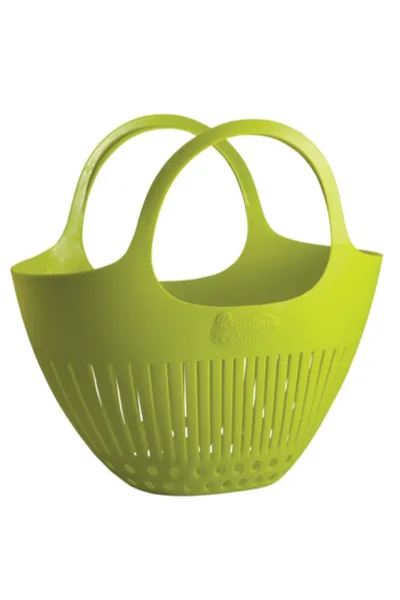When it comes to how to best harvest a garden, when and how you pick your produce makes a huge difference.
And not just for how much plants will produce, but for how long they will stay in production as well!
With the exception of determinate vegetable plants that bear their fruit all at once over a short period, most vegetable plants will continue to produce fruit all season long.
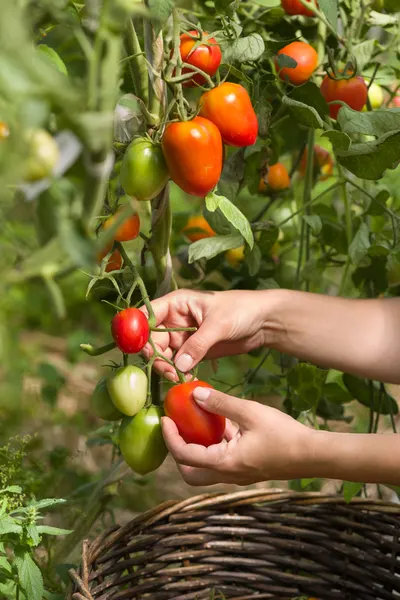
That is, as long as the conditions remain “right” for the plant to produce new blooms.
And that is where how and when you pick can matter the most!
The Best Methods To Harvest The Garden
Remove Lingering “First” Fruits & Vegetables
Although that very first tomato, pepper or tiny cucumber that appears is always exciting, it can also hold the rest of the crop back.
The first few fruits or vegetables a plant produces are usually the slowest to ripen. A plant is not quite in “production” mode early on, and initial fruits struggle to mature.
In fact, many times, the first fruit on a plant ends up rotting before it can ever make it to the table.
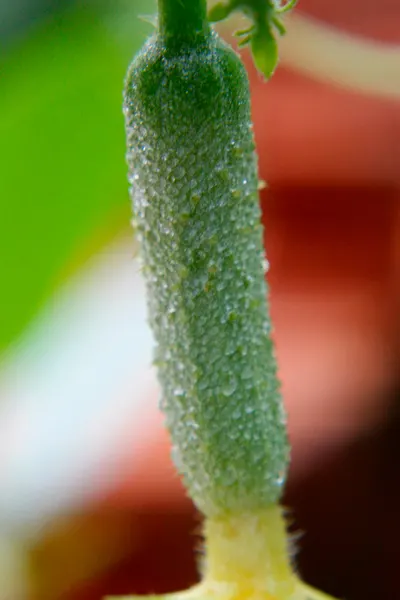
If early fruits fail to start ripening in a timely matter, they should be removed. This allows the plant to better use it’s resources for growing and ripening subsequent fruit.
Why “Fruit Load” Matters When Harvesting The Garden
One of the biggest mistakes gardeners make is to allow too much fruit to remain on plants.
A successful harvest begins and ends with picking early, and picking often!
Plants such as cucumbers, zucchini, peppers and indeterminate tomatoes can all suffer from being overloaded with fruit.
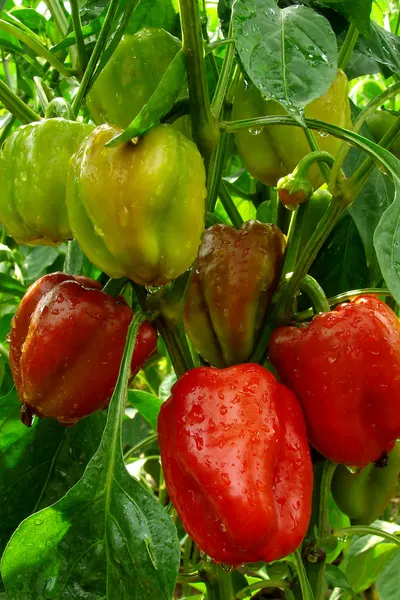
When a plant’s “fruit load” becomes too heavy or excessive, it signals the plant to stop producing new blooms.
And without additional blooms, there of course, will be no new fruit.
Frequent harvesting is vital to encourage indeterminate varieties of vegetable plants to keep on producing blooms.
Again, this is only for indeterminate varieties, not determinate. ( See : Indeterminate vs. Determinate Tomatoes)
Harvesting The Garden – More Reasons To Harvest Early & Often
Another issue with fruit & vegetable overload is that it slows the overall ripening process.
By picking ripe or nearly ripened vegetables regularly, it allows the plant to use it’s limited resources to ripen the remaining produce.
In addition, plants that are overloaded with too heavy of a fruit load become more susceptible to damage from winds and storms.
And if that isn’t enough of a reason to harvest regularly, an overripe and overloaded garden is more likely to be attacked by insects and small animals.
After all, all of those ripe vegetables are a delicious and easy target for rabbits, raccoon and deer.
Removing Damaged Fruit, Stems And Foliage
And finally, as you harvest, inspect plants for damaged or diseased fruit and foliage. And as soon as you see it, remove it!
Plants use a tremendous amount of resources to attempt to heal broken branches or damaged fruit.
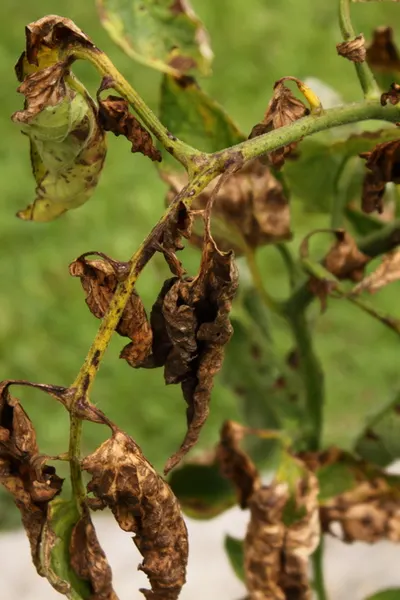
Resources that should be going towards producing and ripening more fruit and vegetables.
Removing diseased foliage and fruit also helps keep deadly diseases from spreading.
And nothing can put a stop to a harvest like disease running rampant!
Here is to getting the most from your plants when you harvest the garden this year.

This Is My Garden is a website dedicated to spreading the love and knowledge of gardening around the world. We publish two new garden articles each week. This article may contain affiliate links.

